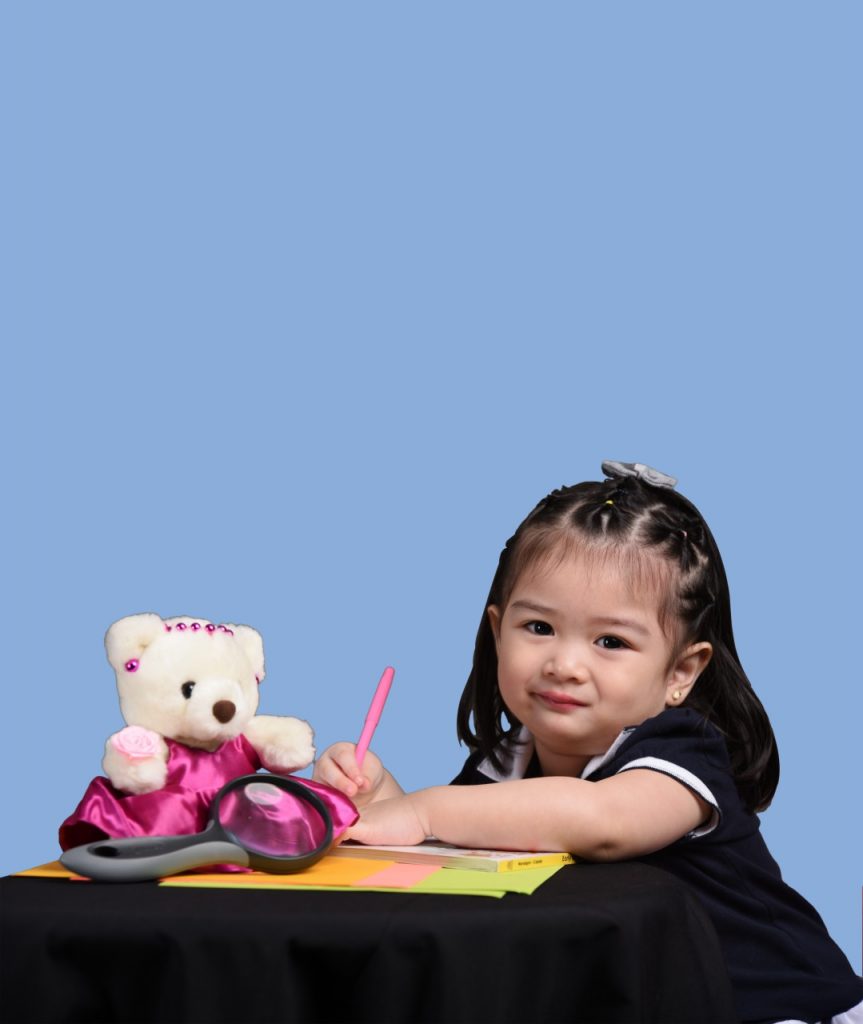
Like technology changed the world, the new platform of education will change the future too.
Traits and skills such as critical thinking, creativity, problem solving, persistence, and self-control—which are often collectively called non-cognitive skills, or social and emotional skills—are vitally important to children’s full development. They are linked to academic achievement, productivity and collegiality at work, positive health indicators, and civic participation, and are nurtured through life and school experiences.
Developing these skills should thus be an explicit goal of public education. This can be achieved through research and policy initiatives involving better defining and measuring these skills; designing broader curricula to promote these skills; ensuring that teachers’ preparation and professional support are geared toward developing these skills in their students; revisiting school disciplinary policies, which are often at odds with the nurturing of these skills; and broadening assessment and accountability practices to make the development of the whole child central to education policy.
Making Whole-Child Education a Norm in the Philippines Statement From Philippines’ Leading Book Store
When we talk about holistic learning, it always entails the progressive pedagogy called the Whole Child Approach (WCA). Initiated by the Association for Supervision and Curriculum Development (ASCD), this approach is a fresh take on what holistic education means, taking into consideration all the aspects of a young learner´s journey towards long-term development and success. With its tenets, the Whole Child Approach seeks to create challenging and sustainable learning environments for young learners, shaping them into well-rounded individuals.
Recently, particularly in early-childhood education policy-making and practice, the idea that the WCA represents an incomplete methodology has proliferated. Policy-makers who are against the whole child approach often argue from a practical standpoint: they look at a child and see their education as a sort of investment. This is how they think: if the process of “investing” in a child’s education takes too much resources, it should be accelerated in such a way that it fits the demands of the working sector. They see education merely as a preparation for a child to join the workforce. Hence, they see any attempt to create spaces for holistic learning as a waste of time and resources.
Proponents of the Whole Child Approach, on the other hand, agree with this criticism on the same basis, but for a different purpose. Yes, WCA advocates agree that time and resources should not be wasted with purely academic pursuits, instead, a growing child’s formative years must be spent on exactly what matters: their childhood, and the many wonders that they encounter with a sense of curiosity and excitement about learning new things each day, treating each day in school as a great adventure to look forward to instead of a boring routine.
While such a criticism against the Whole Child Approach is not without its merits, it is largely based, however, on a misleading or poorly informed understanding of what the Whole Child Approach actually brings. Proponents of the WCA believe that social-emotional learning and psychosocial development have a profound impact on a young learner´s journey towards holistic learning.
With the Whole Child Approach, key learning outcomes shape a young learner to become independent and responsible early on. These two characteristics reflect their intrinsic value as the young learner later proceeds into their adult life as working professionals. Hence, the whole child approach actually prepares young learners to become better, well-rounded, and efficient workers because they carry soft skills and result-oriented values (such as critical thinking and collaborative problem-solving) that were not fully developed or honed in the traditional approaches to education. These differences between the traditional pedagogies and the progressive perspective should not, however, be construed as separate and mutually exclusive as it would result into a false dichotomy. Both approaches have their merits, but it is important to note that the latter also retains some of the characteristics of the traditional view. The key difference, therefore, is that WCA approaches assessments, results, and long-term goals with a different lens, one that hopes to see the young learner not just as a unit of investment within a batch, but as a whole person, a human being, nurtured, connected, and actively involved in their learning communities.
The WCA forms a critical cornerstone in achieving a progressive future for education in the Philippines. With the implementation of the K-12 curriculum, a shift in Philippine education policy was introduced, one that has divided many educators. At first, opposition to the K-12 system was rife with the same set of misguided arguments pitted against the whole child approach: that it will turn student´s efforts to learn in school into cheap labor later on, that it will only prolong the process of education in such a way that parents could no longer afford it, that the current economic infrastructure cannot sustain its implementation.
Such arguments are, again, not without their respective merits. However, these arguments represent a tautology: they only repeat the same things without substantively addressing the actual problems present within our educational system. What we need to change in the educational system is not just its priorities, but also its degree of commitment to the whole child, the young learner who would, as the future approaches, contribute to our efforts of building a just and equal society based on progressive values such as critical thinking and collaborative action.
The Whole Child initiative is the first step we should take as we shift and look to the future. Integrated with the K-12 system, the whole child approach will radically reshape the horizon of education with its critical perspective on holistic learning, producing and honing young learners who are ready to face the challenges of the 4th industrial revolution, helping build the nation forward into the 21st century and beyond.
Learn more about whole approach to education here: https://www.rexpublishing.com.ph/infographic/2018/07/whole-child/
